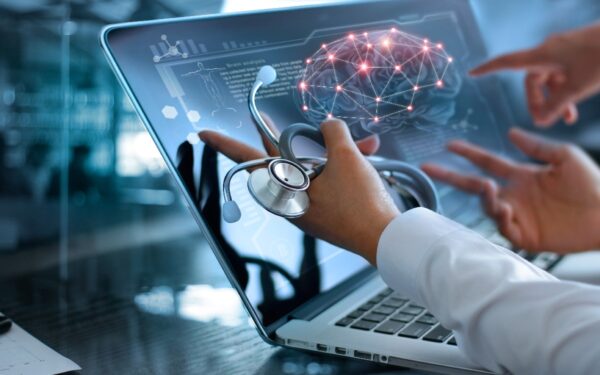For any healthcare provider, keeping up with the ever-changing field of medicine and medical technology can seem overwhelming. Healthcare facilities must be equipped with the latest technological advancements to provide reliable and comprehensive patient care. They can achieve this goal by utilizing solutions and specialized software while streamlining operational processes and maximizing efficiency within their organization. This blog post will explore these different applications and how they improve patient outcomes and satisfaction among staff members and clients.
1. Automatically Identify Data
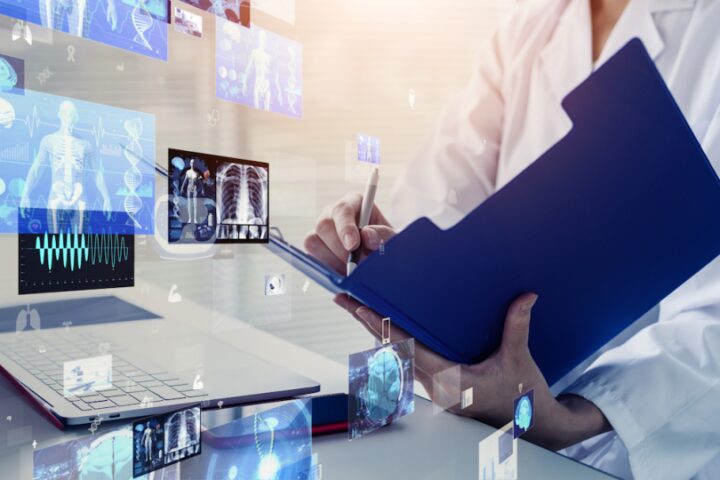
Technology is quickly revolutionizing the healthcare industry and providing innovative solutions to help hospitals and other medical facilities become more efficient. One of the key benefits of its use is that automated data identification assists in streamlining processes within these healthcare settings, freeing up valuable resources for employees so they can focus on more relevant tasks.
With intelligent technology scanning patient information, sorting various diagnostics, and providing doctors with data needed for patient care decisions faster than ever before, healthcare staff no longer needs to spend time manually inputting complicated paperwork. This eliminates many tedious manual tasks that used to be carried out by human laborers, resulting in cost savings for both hospitals and their patrons alike.
Automated data identification also ensures that critical data remains accurate throughout every process, reducing costly errors and improving care quality. Undoubtedly, automatically identifying data through advanced software has dramatically improved the efficiency and cost-effectiveness of healthcare establishments.
Automating specific processes in a healthcare facility through specialized software can be very beneficial in the long run by saving a great deal of time and money. It allows healthcare workers to spend less time on mundane administrative tasks and more time engaging with patients to improve their care.
Tripleblind keeps operations running efficiently by streamlining these processes, eliminating manual paperwork associated with patient visits and appointments and employee shift changes. The entire staff, from nurses to administrative personnel, can update all that information quickly and easily with a click of their finger, reducing tedious paperwork and keeping records organized. Integrating the software into any healthcare facility allows facilities to stay current while significantly lowering the cost of making essential updates, resulting in increased productivity and patient satisfaction.
2. Scale to Large Datasets
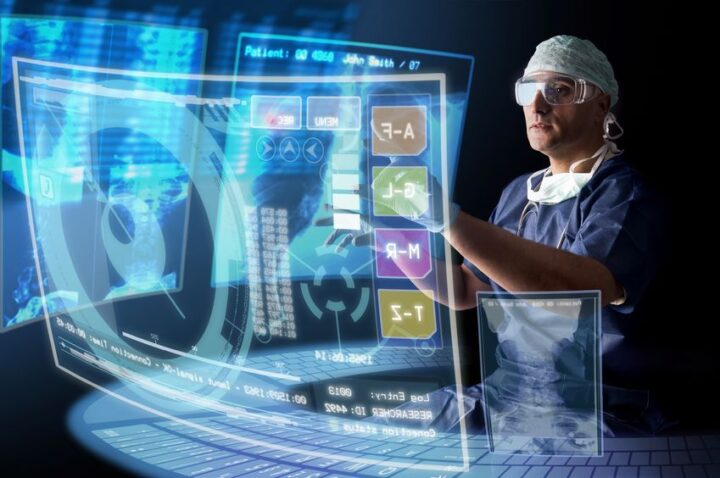
One distinct advantage of utilizing specialized software in healthcare facilities is the ability to scale up quickly to a large dataset. Such an increase in patient data can help better target and customize patient care. At the same time, processes that may have previously been manual can now be automated, leading to more efficient care.
Having a larger dataset also allows for greater accuracy when identifying trends with illnesses and exposures and allows for more effective tracking of public health initiatives. This level of organization and precision helps keep patients safe by providing quick access to information and reducing delays in diagnosis or treatment.
In sum, using technology-based tools in healthcare facilities makes it easier for providers and administrators alike to handle an influx of data quickly and accurately, improving the standard of care for all involved.
3. Govern Your Data in Compliance With HIPAA
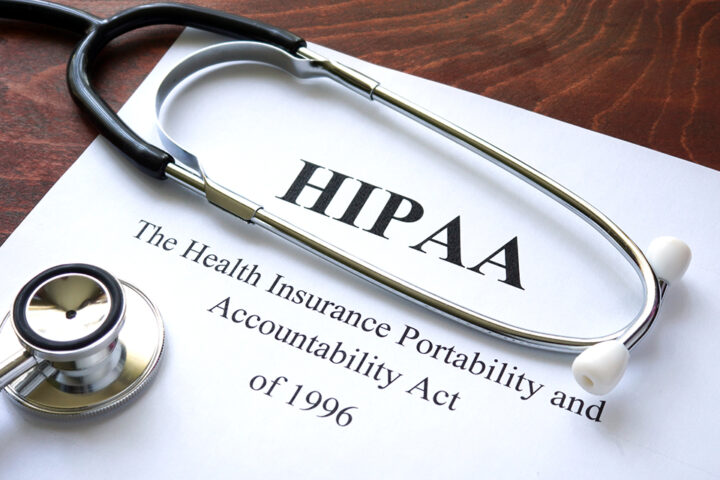
Implementing a software system to help with healthcare data storage and organization is one of the most critical steps hospitals, clinics, and other healthcare facilities can take in streamlining their internal operations. In addition to providing them with an organized database for patient records and accounting needs, it also ensures that their data remains compliant with the Health Insurance Portability and Accountability Act (HIPAA).
HIPAA protects patients’ private information from being unlawfully accessed or stolen. Without proper implementation of the guidelines set by HIPAA, a medical provider can face expensive fines, penalties, lawsuits, and other costly issues related to patient privacy breaches. By utilizing systems that abide fully by HIPAA standards and regulations, not only will technical staff be better able to keep all required records updated in one place, but they’ll be able to do so knowing their data is as secure as possible.
Investing in Tripleblind for healthcare facilities is beneficial for its organization-based effects on paperwork management and workflow efficiency; it’s also a must-have tool healthcare providers should use to protect themselves against potential financial trouble resulting from noncompliance with HIPAA requirements.
4- Support Secure Collaboration
It revolutionizes the healthcare industry by providing secure collaborative collaboration with any data type. Hospitals, clinics, and medical organizations can now securely share medical information without concerns about data breaches or unauthorized access. With this secure collaborative power, healthcare professionals have improved their ability to collect insights from different sources securely and quickly.
Securely collaborating with any data type can support better patient care, improve workflow processes and decrease the risk of costly HIPAA-related fines. Furthermore, the secure collaboration of medical data significantly improves time management across all departments, allowing for a more streamlined workflow. These advantages clarify why the association with any data type is a significant benefit for healthcare facilities.
5- Keep Your Data Safe
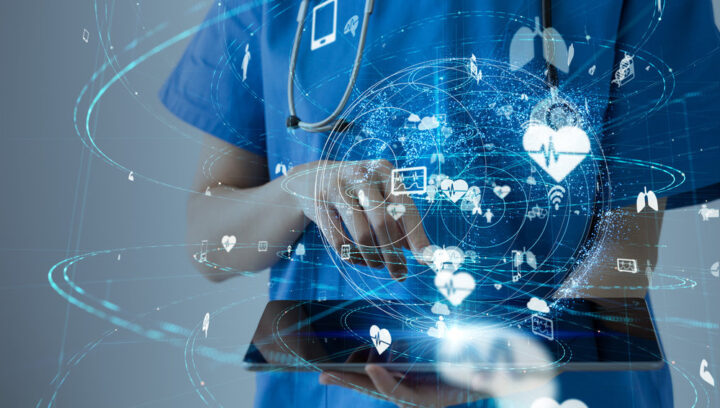
Data security is one of the main concerns for Healthcare Facilities, and advanced technologies have enabled them to better protect their systems from potential cyberattacks. Keeping data from ever leaving your firewall is a significant benefit for Healthcare Facilities.
The software installed within a Healthcare Facility’s firewall acts as a gateway between the internal and external systems preventing unauthorized access or manipulation. Furthermore, it also monitors stored data providing advanced analytics into user behaviors and activities, allowing any changes to be identified quickly to mitigate threats earlier.
It can provide Healthcare Facilities with an extra layer of defense, guaranteeing long-term compliance with regulations while resisting any negative external influence. By keeping data safely inside the firewall, Healthcare Facilities ensure that no sensitive information will get lost or unlawfully accessed. It also eliminates scenarios where cloud storage could be hacked, resulting in disastrous consequences.
Summary
Incorporating technological solutions in the healthcare industry has always been a prominent topic of discussion. It can help provide healthcare facilities with innovative ways to manage their patients’ care while protecting their privacy, interests, and needs in an easy-to-use platform.

